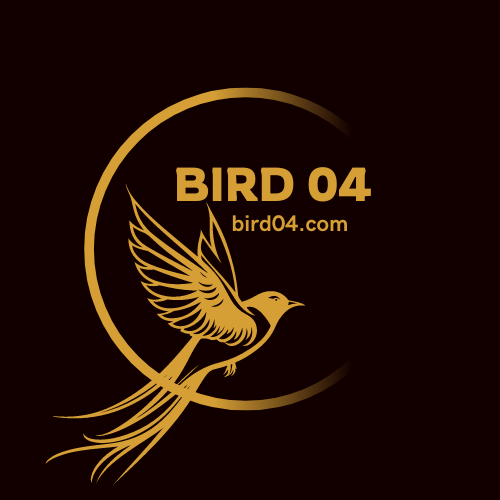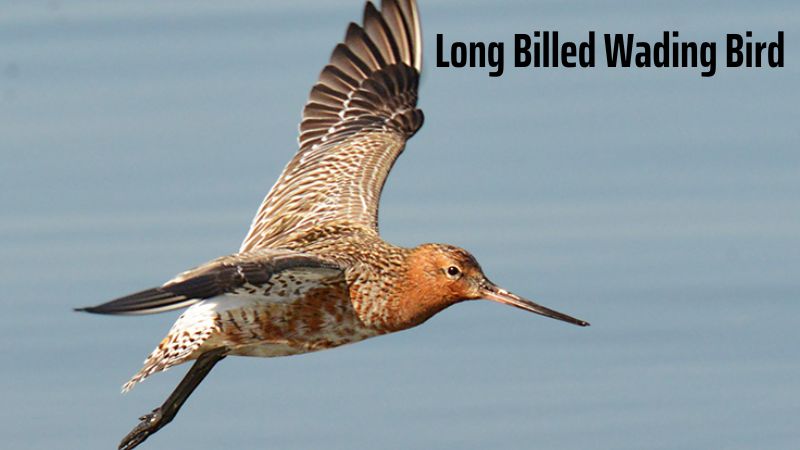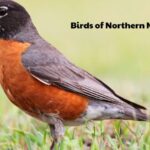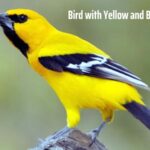Conserve
Long Billed Wading Bird: Masters of Wetland Foraging and Defense
The long billed wading bird is a remarkable species known for its distinctive long bill, which plays a crucial role in its survival. These birds thrive in wetlands, marshes, and shallow waters, using their bills for foraging, communication, and mating displays.
Their unique adaptations make them fascinating subjects for both birdwatchers and researchers studying avian ecology and behavior. Let’s explore more details with Bird 04!
Morphological Characteristics of Long Billed Wading Bird
The Long Bill
- Structure and Function: The long bill is a defining feature of wading birds, adapted for probing into mud or shallow water to catch prey. Its elongated shape allows birds to access food sources that other birds might miss. The bill’s structure often includes a flexible tip or specialized grooves to help grasp and filter out small aquatic organisms.
- Variation in Shape and Size: The length and shape of the bill vary significantly among species. For example, the American Avocet has a gracefully curved bill, while the Long-billed Curlew sports a straight, extremely long bill. These variations are adapted to the specific feeding habits and environments of each species.
Other Features
- Long Legs and Webbed Feet: Wading birds typically have long, slender legs that enable them to wade through deep water while keeping their bodies above the surface. Their feet often have webbing or long toes, which aid in stability and movement through muddy or uneven substrates.
- Feathers: The plumage of long-billed wading birds serves multiple functions. It provides insulation to maintain body temperature in various weather conditions. Additionally, the coloration and pattern of the feathers can offer camouflage, helping the birds blend into their environment and avoid predators. For example, the mottled brown feathers of a Wood Stork help it blend with the wetland vegetation.
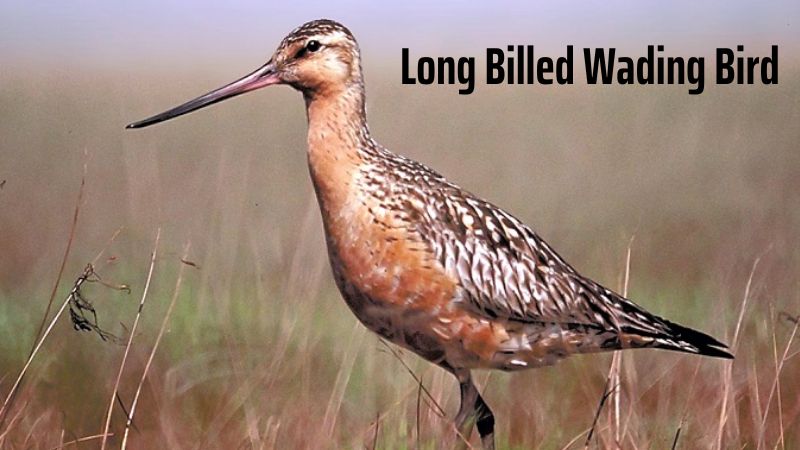
The Role of the Long Bill in the Life of Wading Birds
Foraging
- Probing Deep into Mud: The long bill allows wading birds to probe deep into mud and sediment to find hidden food sources such as insects, worms, and other invertebrates.
- Catching Prey in Water: Their elongated bills are well-suited for catching fish and other prey that reside in shallow water, helping them secure a varied diet.
- Filtering Food from Water: Some species use their long bills to filter small organisms from the water, enabling them to extract food while avoiding larger debris.
Communication
Signaling
The long bill of wading birds is not just a feeding tool but also an essential means of communication. Birds often use their bills to make specific movements or gestures that signal their presence or intentions to other members of their species. For example, they may tap their bills, nod, or perform bill-clattering to send signals to other birds in their vicinity.
These visual cues help establish territory, indicate a bird’s readiness to mate, or warn others of potential threats. In some species, the bill also plays a role in vocal signaling, where subtle movements enhance the sound or resonance of their calls.
Attracting Mates
The long bill becomes even more significant during the breeding season, when it plays a crucial part in courtship rituals. Birds may use their bills in complex displays to attract potential mates. These displays often involve intricate movements, such as raising or lowering the bill, striking particular postures, or even engaging in duets with synchronized bill actions.
The size, shape, and color of the bill can also serve as visual signals of health and vitality, helping the bird showcase its fitness to potential mates. Additionally, in some species, birds might use their bills to offer food or build nests as part of their courtship efforts.
Self-Defense
Defending Against Predators: In addition to foraging, the long bill can be used for self-defense. Birds may use their bills to fend off predators, striking at threats when necessary to protect themselves and their nests.
The Diversity of Long – Billed Wading Birds
Typical Families of Wading Birds
- Egretta (Egrets): Known for their slender, graceful appearance, egrets typically have long necks and bills. They are often found in wetlands and marshes, feeding on fish, insects, and small animals.
- Ardea (Herons): Larger than egrets, herons are robust birds with long legs and bills, adept at standing still for long periods to catch prey. They inhabit coastal regions, rivers, and lakes.
- Ciconia (Storks): Storks are larger wading birds with long bills and necks, commonly associated with marshlands and wetlands. Unlike egrets and herons, storks are known for their unique migratory behavior and broader range of habitats.
Comparison and Contrast
- Size: Egrets are generally smaller and more delicate than herons and storks. Herons are mid-sized, while storks can be quite large.
- Coloration: Egrets tend to be white or light-colored, while herons exhibit a range of colors from gray and blue to black. Storks are often white with black wing patterns.
- Habitat: Though all are wading birds, they may favor different environments. Egrets and herons are more likely to inhabit shallow waters, whereas storks might be found in both wetlands and grasslands.
- Behavior: Herons and egrets use stealth and patience to catch prey, while storks often forage by walking and probing with their long bills.
Conclusion
In conclusion, the long billed wading bird stands out not only for its distinct physical features but also for its adaptability in diverse habitats. Its long bill serves multiple purposes, from efficient foraging to communication and mating rituals.
Understanding these birds’ behaviors and ecological roles highlights the importance of preserving their environments for future generations.
